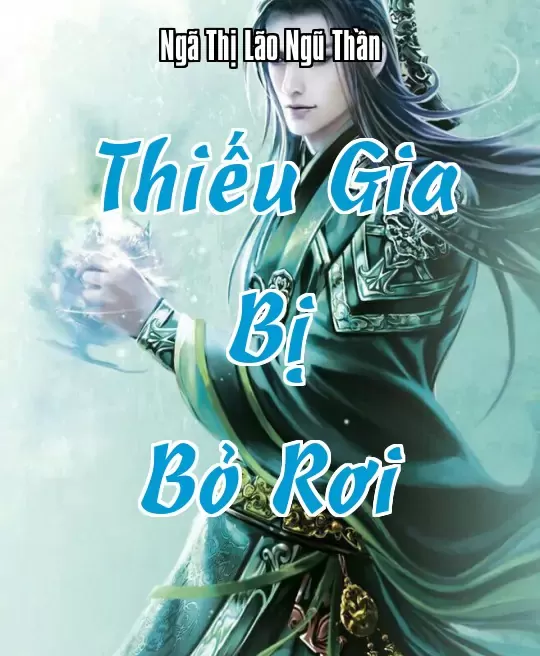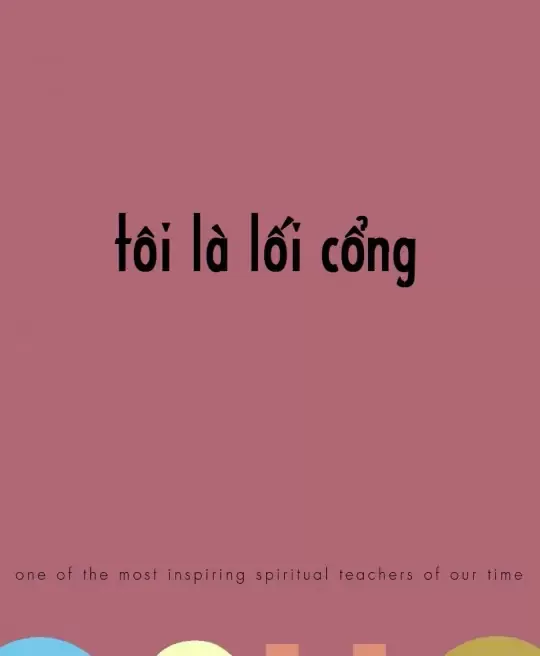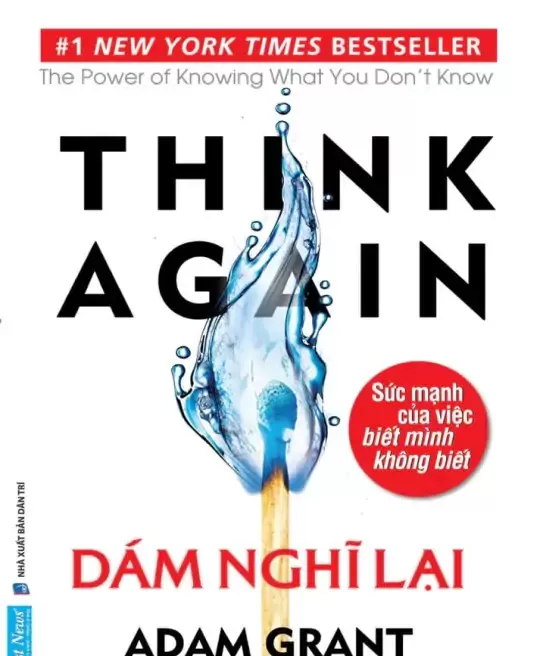1476
that readers can easily recognize some of the works of other authors who
"borrow" from his publications for use under different titles or, in some cases,
under the very same tittles. It was not until the full publication of his works in
1982 that Nguyen Dong Chi
'
s authority on folklore study and their classification
was solidly confirmed.
Part one of Volume I deals with "the characteristics", "origins" and "historical
development" of Vietnamese folklore. In Part two of Volume V, the author is
again concerned about the "characteristics" and "origins" of Vietnamese folk
stories. The 5
th
edition of the five volumes in 1993 once again helped to give the
readers the right perspective
1
. The first 80 pages of Part one and 250 pages of
Part two together make up a full theoretical account of Vietnamese. This paper is
an attempt to elaborate on the author
'
s perspectives and theoretical approach and
to present my random observations which do not necessarily reflect the author
'
s
main lines of argument in the collection and treatment of the subject matter.
1. One of the highly controversial issues in the study of folk stories is their
identification. Nguyen Dong Chi proposes the following three criteria for
identifying folk stories: (i) antiquity in styles, (ii) ethnicity, (iii) high artistic and
moral values (Nguyen Dong Chi, Vol. 1: 65-72). Durand, in B.E.F.E.O. journal
(1964), commenting on the superficial treatment of the first criterion, is highly
skeptical about "the possibility of drawing a line between antiquity and
contemporary" and wonders whether "stories about the Tu Duc times, Circa
1848 - 1883) can be classified as belonging to "antiquity" or "contemporary""
(translated version, Vol. I: 495)
2
. It seems that Durand somehow fails to fully
appreciate Nguyen Dong Chi
'
s perspectives. No doubt, the author had done
elaborate research before arriving at a rationale for the classification. Problems
are inherent in differentiating folk stories from closely related forms of folk
narratives such as legends, fables, and modern anecdotes. So what may be the
convincing criteria? Experiences show that neither the content nor the form of
the story alone could serve as reliable criteria considering the striking
similarities between the above-mentioned types, nor their function, since
legends, fables and modern anecdotes can be similar in function to folk tales.
Nguyen Dong Chi succeeds in getting round this problem by coming up with the
concept of levels of artistic value. The three criteria can be said to be consistent
and interdependent in that they provide for folk stories" to have acquired a high
standard of oral narrative art" (Nguyen Dong Chi: 72), and "to be the most
1
. Nguyen Dong Chi. A Treasure Chest of Vietnamese Folklore. A complete edition of five
volumes 1993. Hanoi Institute of Literature Publishing House. All the page numbers quoted
are from this edition.
2
. Nguyen Tu Chi. Translated version in Volume I, 1993 edition.


